French Tanks: What’s Old is New Again
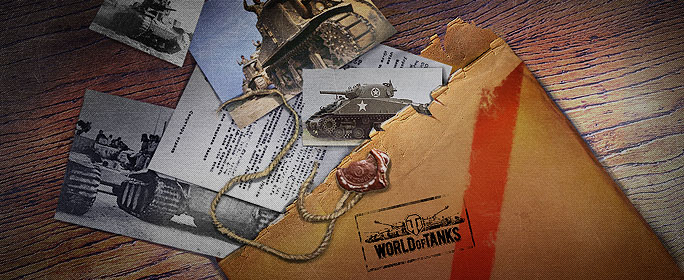
| The new branch of French tanks in Update 9.7 includes seven unique machines, all rooted in the country's history during World War II, including its occupation, which stunted the growth of France's tank industry. Read on for more about the genesis of these newcomers to World of Tanks! |
FCM 36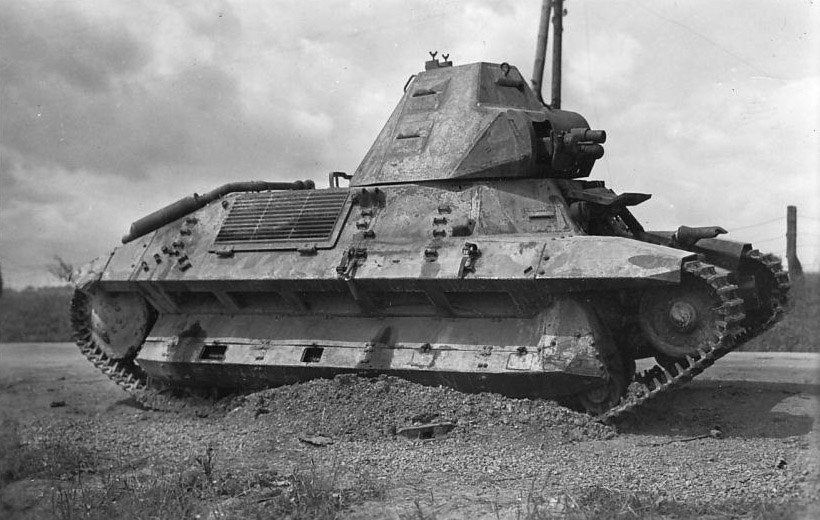
By the 1930s, the Renault FT 17 light tank was hopelessly outdated. To relieve this, the country announced an open competition to develop a new tank infantry line, and Forges et Chantiers de la Méditerranée (FCM) took part. FCM's prototype was tested in April 1935. In 1936, after a number of improvements, including increasing armor thickness to from 30 to 40mm, the vehicle was established as the FCM 36.
From a historical point of view, the FCM 36 is innovative. Its armor was reliable and installed with good angles that provided excellent protection from armor-piercing shells of the time. Its diesel engine delivered high power and was quite efficient. The fully-welded hull was a novelty as well.
While the FCM 36 had fulfilled the requirements set by the military, it had two serious drawbacks: it was too heavy in its class, and expensive to produce. In all, about 100 were manufactured.
Renault R35 / R40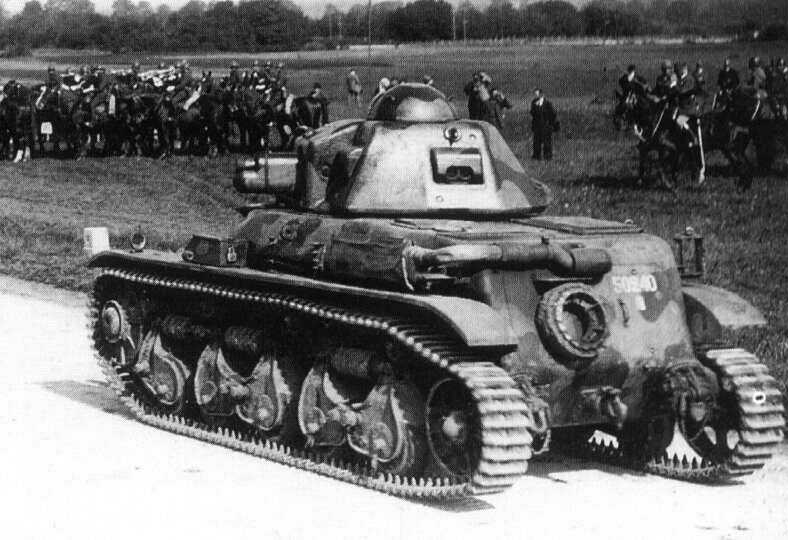
In 1934, Renault introduced their own infantry tank. Compared to the FCM 36, it wasn't as innovative -- the hull armor was simply bolted cast plates, installed almost vertically. However, the assembly process incorporated solutions common for the industry at the time, thus making the machine relatively cheap to produce.
The R35 weighed 10.6 tons and was armed with a 37mm cannon and small-caliber machine gun. The armor reached a maximum thickness of 44 millimeters. It fit a crew of two. In 1938, the vehicle was modified by installing a long-barreled 37mm gun and improving the chassis. The new model's weight rose to 12.5 tons, and was given the new designation R40, of which 120 were made
The Renault R35 was the most popular French light tank of World War II. Altogether, around 1,500 vehicles were built, with 550 of those exported. The French army used these tanks in all their theaters of war -- Europe, Syria, Tunisia and Algeria.
Somua S35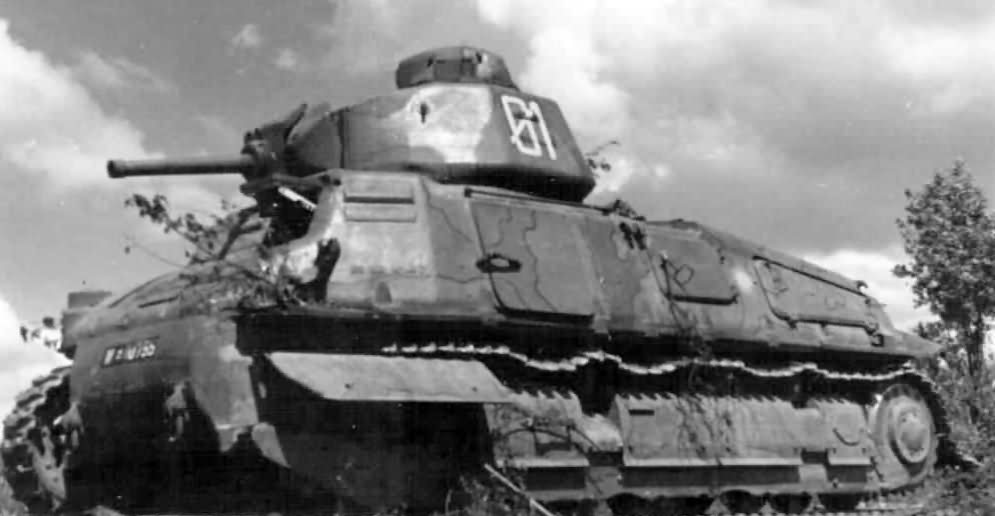
This medium tank was intended for the French cavalry divisions. Developed in 1935, the vehicle was considered a very good tank until 1940, with 500 of its type built. Its hull armor consisted of bolted plates, while the turret was single-cast. The maximum thickness of the armor reached up to 40 mm. Armament consisted of a 47mm cannon and a 7.5mm machine gun. Three people could make up its crew.
During World War II, S35s saw combat in France and Tunisia. About 300 of them were captured by the Germans and incorporated into the German armored forces. From there, they were used for combat mostly in the Soviet Union. Some were also converted into artillery tractors. In 1944, after France returned to the map of Europe as an independent state, the army reclaimed a number of S35s.
S40 / SARL 42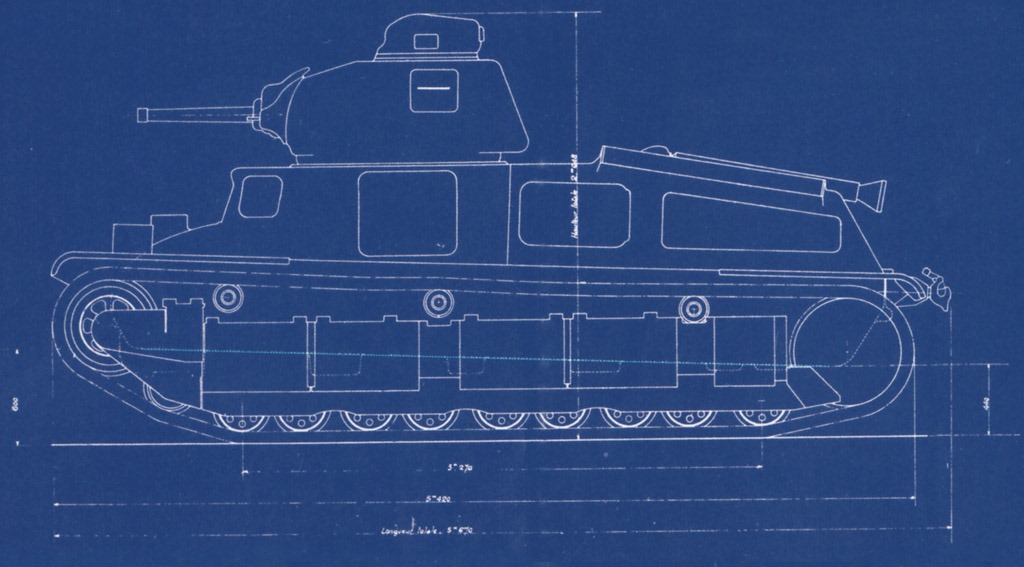
In the spring of 1939, plans to modernize the Somua S35 were underway. Proposed changes focused on the hull and suspension, but the first prototype, later called the S40, added a new welded turret. The S40 was planned to launch into production by July 1940, but this was prevented by the German invasion and the imminent defeat of France.
In 1942, in the occupied territory, a group under the direction of Maurice Lavirotta worked in secret to continue the vehicle's modernization. The main goal was to improve the characteristics of the tank while only minimally affecting the design of the hull and the engine. A new turret was designed by ARL, and the vehicle that would equip it would be known as the SARL 42.
The hull upgrades included better angled armor plates, a simplified design, and the new turret. The turret had a small silhouette when viewed from the front and was built via welding, an unusual method for a French production tank. Work on SARL 42 was discontinued in the autumn of 1942, when France fell under full German occupation.
Renault G1R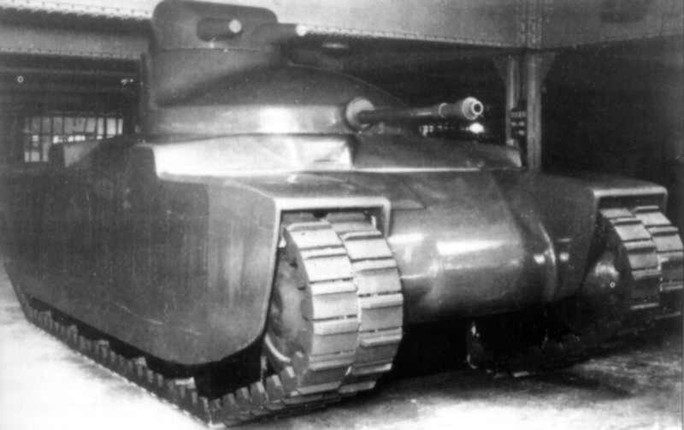
In the mid-'30s, there emerged a need for a new medium tank infantry. After agreeing on the specifications and adjustments (armor of up to 60mm, a cannon capable of combating the enemy armored vehicles, etc.), development was delegated to seven French companies, including Renault. The tank was given the designation G1.
Notably, in the early stages of development, the design was offered the option of an uninhabited turret with a 75mm gun equipped with an auto-loading system. This is one of the first ideas of this kind in the world. However, the idea was dropped due to the technical complexity of the design.
The G1R tank project featured armor plates molded at rational angles. The turret had a hemispherical shape and was moved to the rear of the hull. The main armament was a 47mm gun, though 75mm was also considered. Only one prototype was built -- the project was not finalized because of the German attack in 1940.
AMX 30 (1st prototype)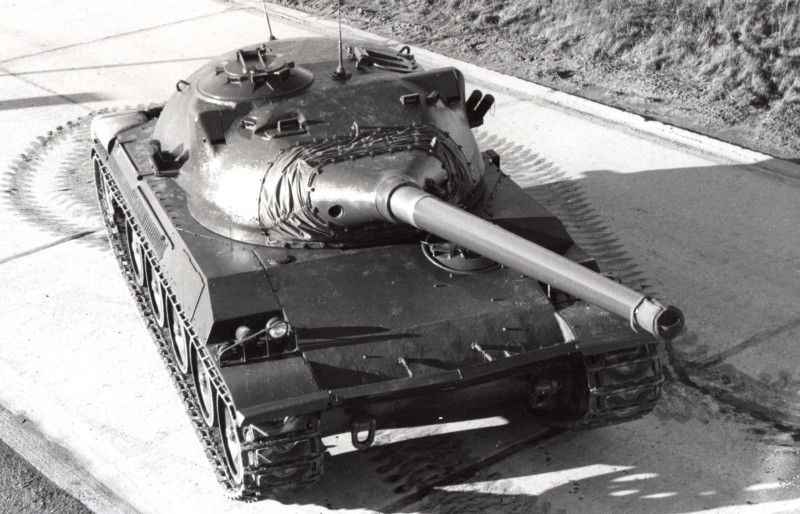
After a long break in tank development because of the occupation, France made quick efforts to rebuild its tank industry. In 1956, a joint Franco-German program was started to develop a common main battle tank.
The French concept seems controversial at first glance -- designers decided to abandon the heavy armoring in favor of mobility and a compact size. In fact, the evolution of the HEAT shell (which happened by the end of the '50s) made thick armor lose relevance. Small and fast vehicles proved to be harder to destroy.
The first prototype, designated AMX 30, was built in 1961. It was the lightest vehicle among first-generation main battle tanks of NATO. The AMX 30 could reach speeds up to 65 km/h, and the main armament featured a 105mm gun. Development and testing lasted until 1965, when the AMX 30 was finally adopted by the French army.
AMX 30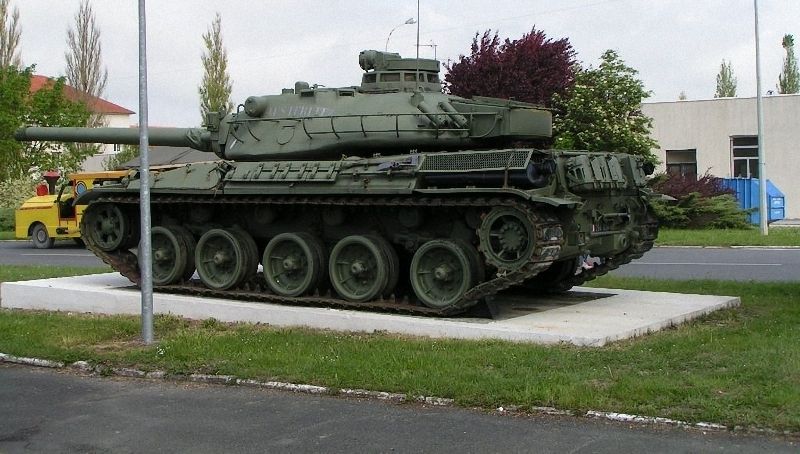
This production series of the main battle tank was developed in 1966 and put into operation in 1967. The hull was built using a method of welding and casting, whereas the turret was completely molten.
The commander's cupola was equipped with a panoramic sight, and the vehicle was powered by a multi-fuel diesel engine. The 105mm gun could be used by both the gunner and the tank commander. To improve accuracy, the gun's barrel was equipped with a thermal sleeve. Secondary armament included either a 12.7mm coaxial machine gun or a 20mm cannon and 7.62mm machine gun, controlled remotely.
The French still relied on mobility with the AMX 30, though the mass of the new version rose from 30 to 36 tons. Fortunately, speed didn't suffer, thanks to a good engine. With subsequent modifications, the AMX 30 remained in service in the French army until 1997.
